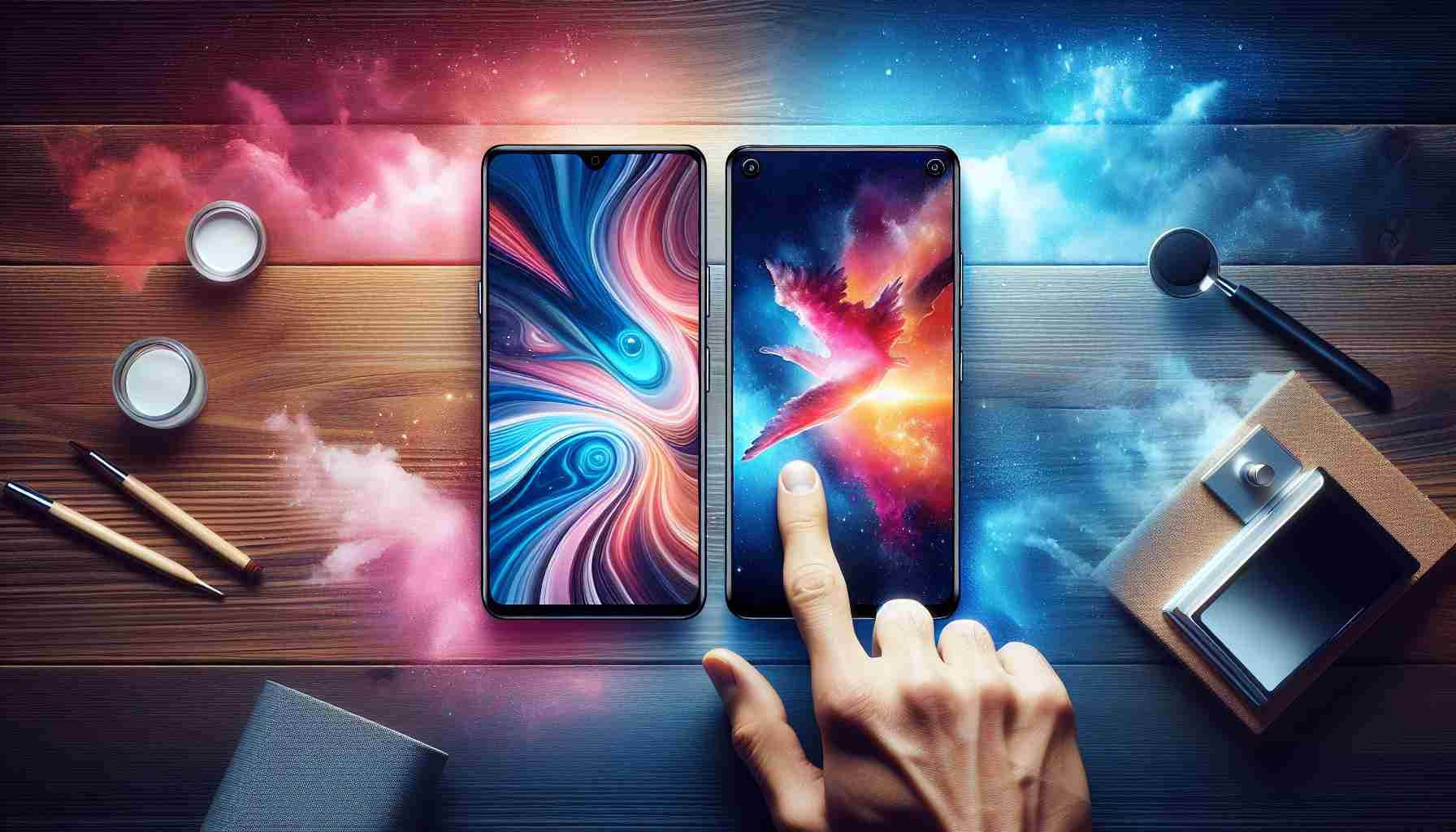Exploring the Subtle Differences Between the Xiaomi Redmi Note 13 Pro and Pro+
Xiaomi fans often find themselves at a crossroads when choosing between the closely matched Xiaomi Redmi Note 13 Pro and its slightly elevated sibling, the Pro+. While both devices boast many identical features such as the display, battery, camera setup, and even speakers, there are subtle differences worth noting for prospective buyers.
First off, the design of the Redmi Note 13 Pro+ exudes a more flagship vibe with curved panels and superior materials. Its vegan leather option and aluminum side frame add to the luxury feel, as opposed to the 13 Pro’s simpler design with a flat frame and plastic build. An essential aspect to consider is the Pro+’s higher ingress protection (IP68), offering better resistance to dust and water.
Core Performance and User Experience
Both smartphones house the same 6.67-inch OLED screen, with identical refresh rates and support for Dolby Vision, offering a similar visual experience. The Redmi 13 Pro+ introduces a subtle front curvature that visually slims down the bezels for a refined look. When it comes to processing power, the Pro+ integrates the MediaTek Dimensity 7200 SoC, presenting a slight edge over the 13 Pro, especially in GPU-heavy tasks.
Battery life is nearly indistinguishable between the two, despite the different chipsets they operate on. However, they diverge in charging speed, with the Pro+ featuring 120W HyperCharge technology enabling a faster charging experience.
Speaker Quality and Storage Comparisons
Interestingly, the more affordable Redmi Note 13 Pro seems to have an upper hand in audio quality, delivering a sound that is perceived as fuller and more balanced. As for storage, the Note 13 Pro+ starts at a generous 256GB with faster UFS 3.1 tech, doubling the base capacity of the 13 Pro.
When picking between the Xiaomi Redmi Note 13 Pro variants, it boils down to whether design, slightly faster performance, and quicker charging capabilities are worth the extra cost.
Photography Capabilities
A key consideration for any smartphone buyer is the camera system, and while the article suggests that the Xiaomi Redmi Note 13 Pro models share the same camera setup, differences may lie in the software optimization or additional camera features like image stabilization. These differences can impact photo and video quality significantly, especially in challenging lighting conditions.
Software Support and Updates
Prospective buyers often overlook the importance of software updates and support. While both devices may initially offer the same software experience, the update frequency and longevity could differ. Generally, manufacturers prioritize their higher-tier models for longer or more frequent updates, which can make a crucial difference in the user experience over time.
Price Consideration
Price is always a significant factor in the decision-making process. Consumers must weigh whether the additional features of the Pro+ model justify the price increase over the base Pro model. This is particularly true in markets where budget constraints are paramount, and customers seek value for money.
Resale Value and Availability
Another consideration is the resale value and availability of the devices. Typically, more premium models like the Pro+ retain their value better over time. Availability can also be crucial as some markets may have limited stocks or delayed release dates for certain models, thereby impacting customer choice.
Advantages and Disadvantages
One clear advantage of choosing the Pro+ is the better build quality and higher water resistance rating, which contribute to the longevity and durability of the phone. The faster charging speed also adds convenience for users who are on the go.
However, the advantages come at the cost of a higher price, which can be a disadvantage for budget-conscious consumers. Additionally, the Pro+ model may not have a significantly better performance in daily use despite its superior chipset, leading some buyers to question the value proposition.
Related Controversies or Challenges
A challenge or controversy that often arises with the release of closely related models is the consumer confusion it creates. It can be difficult for buyers to understand and justify the differences, especially when the discrepancies in performance and features are marginal. This can potentially lead to dissatisfaction and skepticism towards the brand.
Conclusion
In conclusion, deciding between the Xiaomi Redmi Note 13 Pro and the Pro+ model involves considering a mixture of practical factors such as design, performance, charging speed, and storage options against intangible aspects such as personal value perception, price sensitivity, and future-proofing through software updates.
For further information on Xiaomi’s product lineup, you can visit their official website via this link.
